NATIONAL CHIANTI DAY – SEPTEMBER 1, 2023 The first Friday of every September is National Chianti Day! It was founded and declared in 2020 by Santa Margherita USA (yes, the same winery folks who make that lovely ubiquitous Pinot Grigio). So, it has been declared and so shall it ever be. And, by the by, it could not have happened to a more deserving wine. Chianti is the red Italian wine that most Americans have known and loved for over 75 years. So, this seems like a perfect opportunity to cover some key facts and sweeping generalizations about the wine. Just a relaxing dip in the shallow end of the Chianti info pool; we’ll save the geeky information deep dive for another blog!
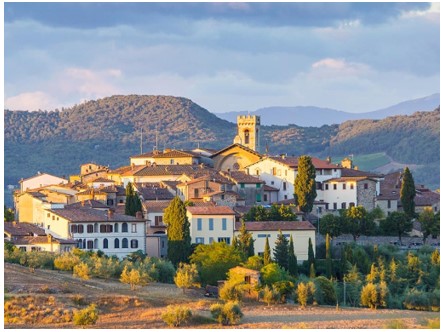
Indeed, our U.S. love affair with Chianti can reasonably be traced back to the post-WWII era when servicemen returning from Italy wanted to get here a wine they had experienced there. Italy, searching for any way to jumpstart its flailing postwar economy and put revenues in the state coffers, resorted to what had always worked in the past, namely, making wine & selling it on the international market. Their efforts at quantity over quality were, to put it politely, disastrous for their brand and the consumers. Thankfully, Italy (especially Tuscany) worked very hard for decades to correct this image. Trust me when I tell you that Chianti has come a long way in terms of quality. The Chianti wines we drink today are soooooooo much better than what your grandparents or parents drank back in the day.
Chianti is a type of wine, predominantly made with the grape Sangiovese (though some blending grapes are allowed depending on the growing zone) in a hilly & mountainous region of Italy called Tuscany. Chianti is also a defined geographical area within Tuscany. Italy’s most famous wine is produced in an area bordered by Florence in the north, Siena in the south, Arezzo in the east & Pisa in the west. Few Italian grapes are so closely identified with a region, as is Sangiovese with Tuscany. Sure, red wines from Tuscany are all the rage now, but it was not always so…
Chianti started out as a white wine! Historians date early references to a Chianti wine to at least the late 14th century. Over time red grapes were added and what was white became red. When I began working with Italian wines a few decades ago the legal blend for Chianti was 2 red grapes + 2 white grapes. Those days are gone. And over centuries the area demarcated as Chianti has grown considerably covering a large swath of central Tuscany. Within that area are several specific production zones; chief among them Chianti Classico. Italian law, DOCG rules, Consorzio regulations and local traditions dictate everything that define every facet of what is, can and cannot be labeled a Chianti wine. Zones, grape percentages, wood for barrels, aging requirements, alcohol levels and label requirements are strictly regarded and enforced. All of these rules & regulations protect the Chianti brand and offer consumers confidence that what is in the bottle they purchase is truly a Chianti wine.
All Chianti is not created equal, despite their shared use of Sangiovese. As often happens, it comes down to location, location, location! Where within Chianti the grapes were grown and the regulations followed to create the wine speak volumes about what to expect in the glass. The challenges to consumers are the volume of zone designations and aging tiers used by the region. Chianti wine labels can be confusing without a few clues to guide you.
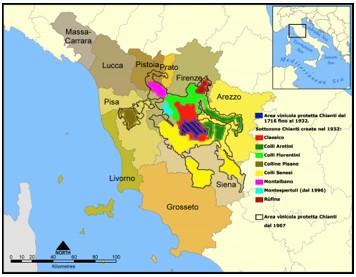
Broadly speaking, if the label solely states “Chianti” the wine was produced from grapes grown within the large Chianti zone, but not a more specific zone or sub-zone. Expect a fresh, young, light-to-medium bodied Chianti showing classic strawberry, cherry & gentle spice notes that you should drink within a few years at most. A label stating “Chianti Colli Senesi” is a sub-zone of Chianti known for wines that have a little more personality than basic Chianti; showing a subtle used-oak rusticity supported by red berry & cherry fruit upfront with a noticeable spice component. If you see “Chianti Rufina” on the label (another sub-zone) you’ll be impressed with their wines which are noted for their rarified bouquet and lingering elegance which some attribute to rarified air of the high altitudes at which the vineyards lie. This gentility provides the wines with a dignity that often eludes many Chianti Classico wines. The best Rufina can age about 5-10 years. (Note: Rufina should not be confused with Ruffino which is the name of an exceptional Chianti producer!)
Speaking of Chianti Classico, the “Chianti Classico” designation with its exclusive Gallo Negro (Black Rooster) on the label promises that the wine came from within the Chianti Classico zone northeast of Siena. The wine has the hallmarks of a beautiful C.C. – it has been created without any white grapes, aged longer and displays red/black berry fruit, violets, earth, black pepper, vanilla, wood & evolved tannins. The addition of the word “Riserva” or “Gran Selezione” on a Chianti Classico label denotes the wine has experienced longer aging before release; implicitly informing you of greater complexity, depth and the ability to age upwards of 10-15+ years, depending on the vintage and if stored properly.
Chianti is one of food’s best friends! Sangiovese’s bright acidity, red & black berry fruit, accessibility & structure makes Chianti a versatile pairing pal. A trick to pairing Chianti wines with food is to match the complexity of the wine with an equal complexity in food so that both shine their best. An entry level Chianti does well with an herbed tomato bruschetta or penne pomodoro. A rustic Chianti Colli Senesi loves a shiitake mushroom & rosemary pizza or grilled bacon & smoked mozzarella cheeseburger. A perfumed Chianti Rufina would sing with a tarragon & thyme chicken Caesar salad or herbed sea bass en papillote. For Chianti Classico consider roasted quail or traditional Tuscan seafood stew (Cacciucco). Enjoy an aged Chianti Classico Riserva with a hearty hare ragu (Pappardelle con la Lepre) or braised short ribs with porcini polenta. You get the idea now – the greater the intensity & richness of the dish the bigger and more evolved the Chianti needs to be for a successful pairing. That said, always pair for your personal palate preference & budget. There are rarely any wrong pairings, just better ones!
So much Chianti and so little time. See our "Featured Products" section below from our house to yours to get you set for the Chianti holiday!
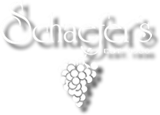

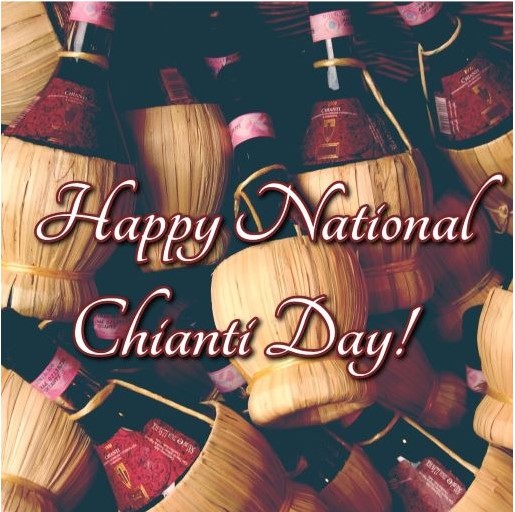

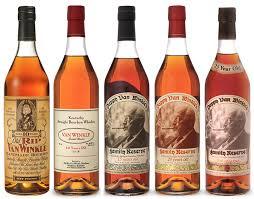
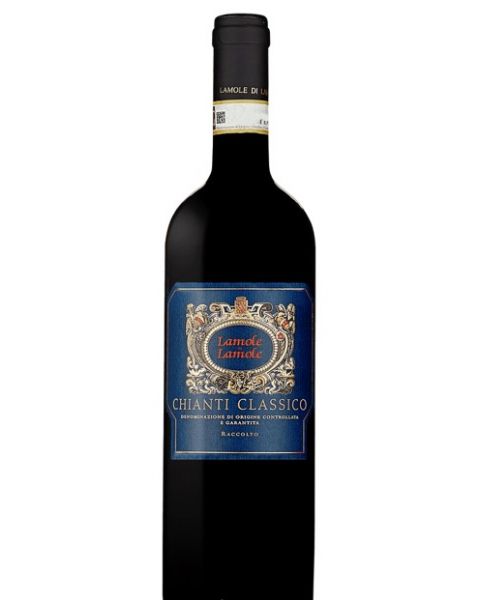
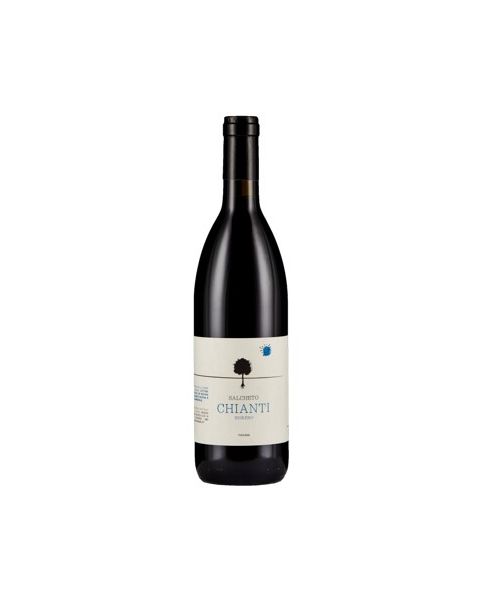
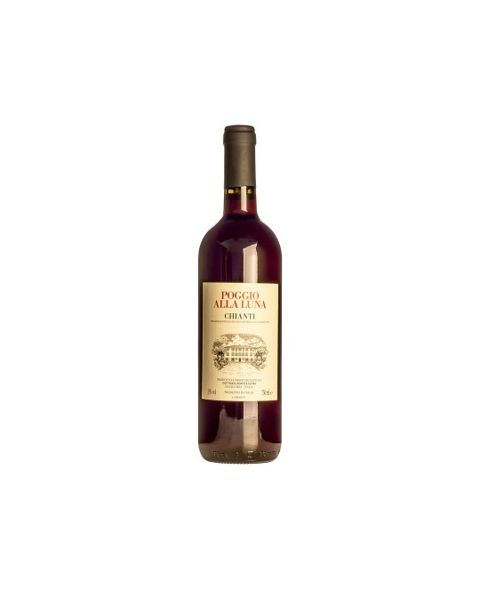
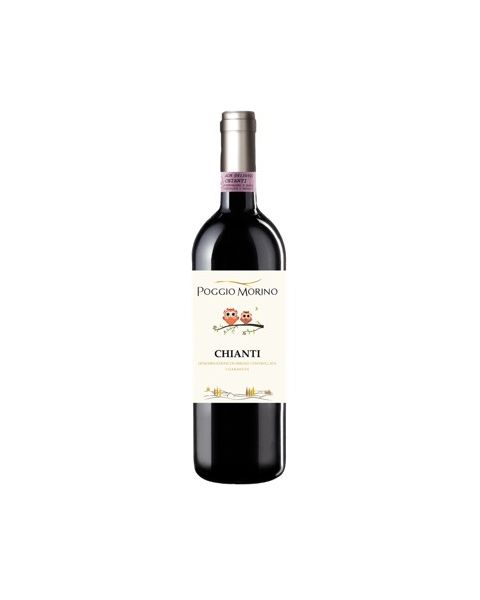
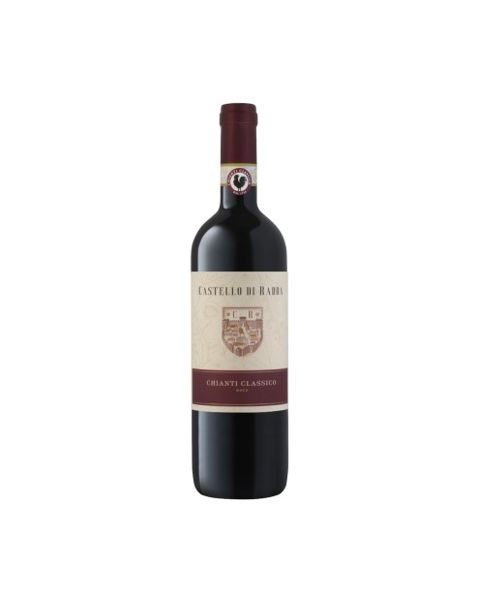



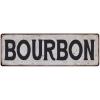


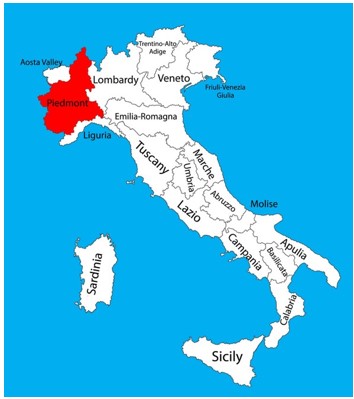
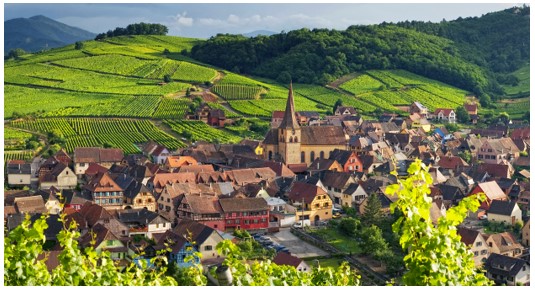
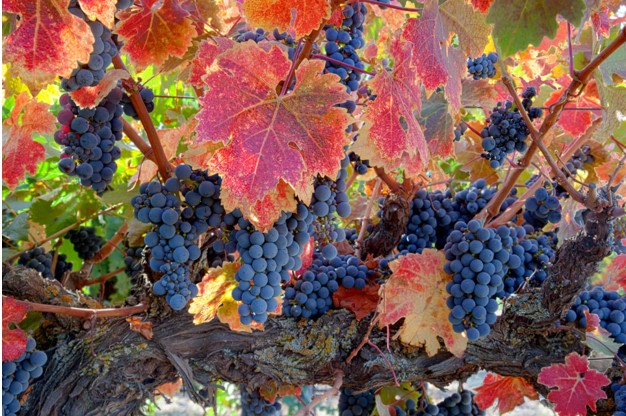
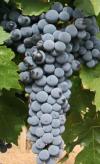
Comments